
Multianalyte liquid biopsy to aid the diagnostic workup of breast caner
Abstract Breast cancer (BC) affects 1 in every 8 women in the United States and is currently the most prevalent cancer worldwide. Precise staging at

Abstract Breast cancer (BC) affects 1 in every 8 women in the United States and is currently the most prevalent cancer worldwide. Precise staging at

Abstract We identify the sodium leak channel non-selective protein (NALCN) as a key regulator of cancer metastasis and nonmalignant cell dissemination. Among 10,022 human cancers, NALCN loss-of-function

Abstract Anti-cancer therapies often exhibit only short-term effects. Tumors typically develop drug resistance causing relapses that might be tackled with drug combinations. Identification of the

Abstract The androgen receptor (AR) signaling inhibitor enzalutamide (enza) is one of the principal treatments for metastatic castration-resistant prostate cancer (CRPC). Several emergent enza clinical
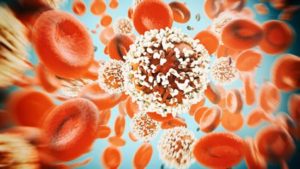
Highlights •Covalent K-Ras(G12C) inhibitors give rise to chemically modified cancer neoepitopes •Antibodies against these neoepitopes are identified by phage display •Bispecific antibodies induce T cell-mediated killing
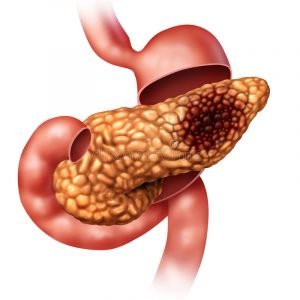
Abstract Although toll-like receptor (TLR) agonists hold great promise as immune modulators for reprogramming the suppressive immune landscape in pancreatic ductal adenocarcinoma (PDAC), their use

Abstract The analysis of cell-free DNA (cfDNA) in plasma provides information on pathological processes in the body. Blood cfDNA is in the form of nucleosomes,

Abstract Although antisense transcription is a widespread event in the mammalian genome, double-stranded RNA (dsRNA) formation between sense and antisense transcripts is very rare and

Highlights •Sublethal BH3-mimetic treatment generates persisters in caspase-independent manner •The persister phenotype implements a heightened metastatic potential •Nuanced iMOMP and cytochrome c release function as a rheostat

Abstract Tumour dependency on specific metabolic signals has been demonstrated and often guided numerous therapeutic approaches. We identify melanoma addiction to the mitochondrial protein glutaryl-CoA

Significance The main finding reported here is that acetylation converts superoxide dismutase-2 (SOD2) from a mitochondrial antioxidant to a nuclear histone demethylase. The change in

Abstract Microscaled proteogenomics was deployed to probe the molecular basis for differential response to neoadjuvant carboplatin and docetaxel combination chemotherapy for triple-negative breast cancer (TNBC).
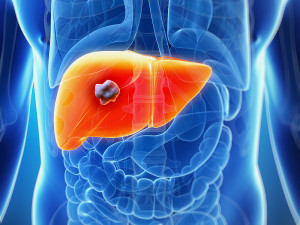
Abstract Pediatric hepatoblastoma is the most common primary liver cancer in infants and children. Studies of hepatoblastoma that focus exclusively on tumor cells demonstrate sparse

Significance Kaposi’s sarcoma–associated herpesvirus (KSHV) inhibitor of cyclic GMP–AMP synthase (cGAS) (KicGAS) is a major tegument protein of KSHV and crucial for the evasion of

Abstract Trastuzumab deruxtecan is an antibody–drug conjugate with high extracranial activity in human epidermal growth factor receptor 2 (HER2)-positive metastatic breast cancer. We conducted the

Highlights Whole blood miRNA profiles are altered in patients with BTC compared to healthy participants irrespective of tumour location or clinical setting. Quantification of 4

Abstract In clinical settings, cancer vaccines as monotherapies have displayed limited success compared to other cancer immunotherapeutic treatments. Nanoscale formulations have the ability to increase

Abstract> Circulating tumour DNA (ctDNA) in blood plasma is an emerging tool for clinical cancer genotyping and longitudinal disease monitoring1. However, owing to past emphasis

A systematic view of nanoparticles Nanoparticles are increasingly being tested as vehicles for delivering therapeutics, and some are already in clinical use for cancer chemotherapy.

Highlights •Col1 produced by pancreatic cancer cells is the oncogenic homotrimer variant •Col1 homotrimer deletion in cancer cells inhibits pancreatic tumor progression •Col1 homotrimer deletion
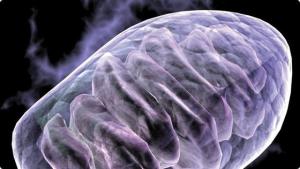
Abstract Acute myeloid leukemia (AML) is a heterogeneous group of aggressive hematological malignancies commonly associated with treatment resistance, high risk of relapse, and mitochondrial dysregulation.
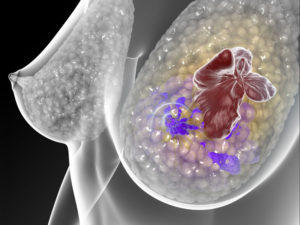
Abstract The pan-HER tyrosine kinase inhibitor (TKI) neratinib is therapeutically active against metastatic breast cancers harboring activating HER2 mutations, but responses are variable and often

Abstract The metastatic spread of cancer is achieved by the haematogenous dissemination of circulating tumour cells (CTCs). Generally, however, the temporal dynamics that dictate the

Engulfing to improve radiation Despite the wide use of radiation therapy (RT) in colorectal cancer, many patients experience progression at non-irradiated sites of disease. Thus,

Abstract The therapeutic benefit of approved BRAF and MEK inhibitors (BRAFi/MEKi) in patients with brain metastatic BRAF V600E/K–mutated melanoma is limited and transient. Resistance largely
Created by ePubSystems. Contact Us for similar site for your university or institute.